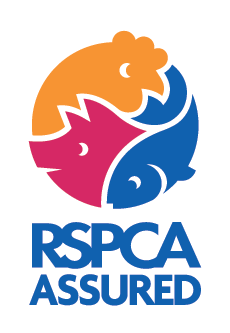You may have heard about our ‘Eat Less, Eat Better’ campaign, which launched in 2019 and was created to encourage people to think about where the food they eat comes from.
We also hoped it would inspire them to cut down on meat, fish, eggs and dairy from lower welfare farming systems by both trading-up to higher welfare options and trading-off to animal-free alternatives.
Why? Because doing so is better for your health, for the planet, and for the animals in the food chain. You might be looking at this and thinking to yourself that it doesn’t look like a lot of food. But while you are cutting down on animal proteins, you should be eating more fruits, vegetables, beans and pulses.
This might mean a bit of a learning curve while you adjust to new recipes, but the end result; a healthier you and a happier planet, should be worth the effort.


